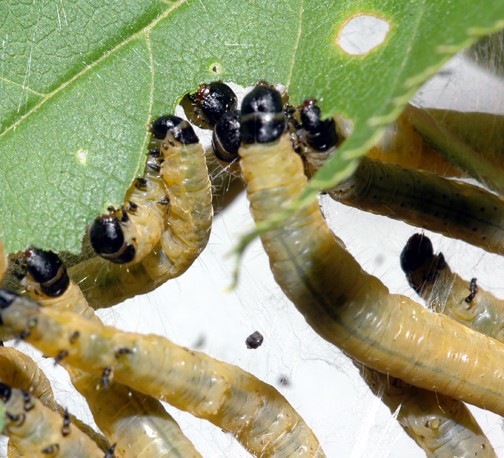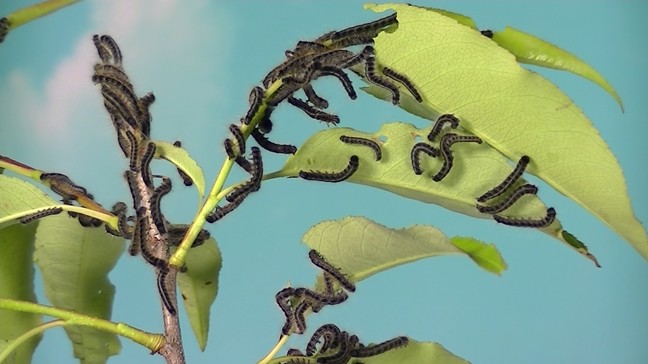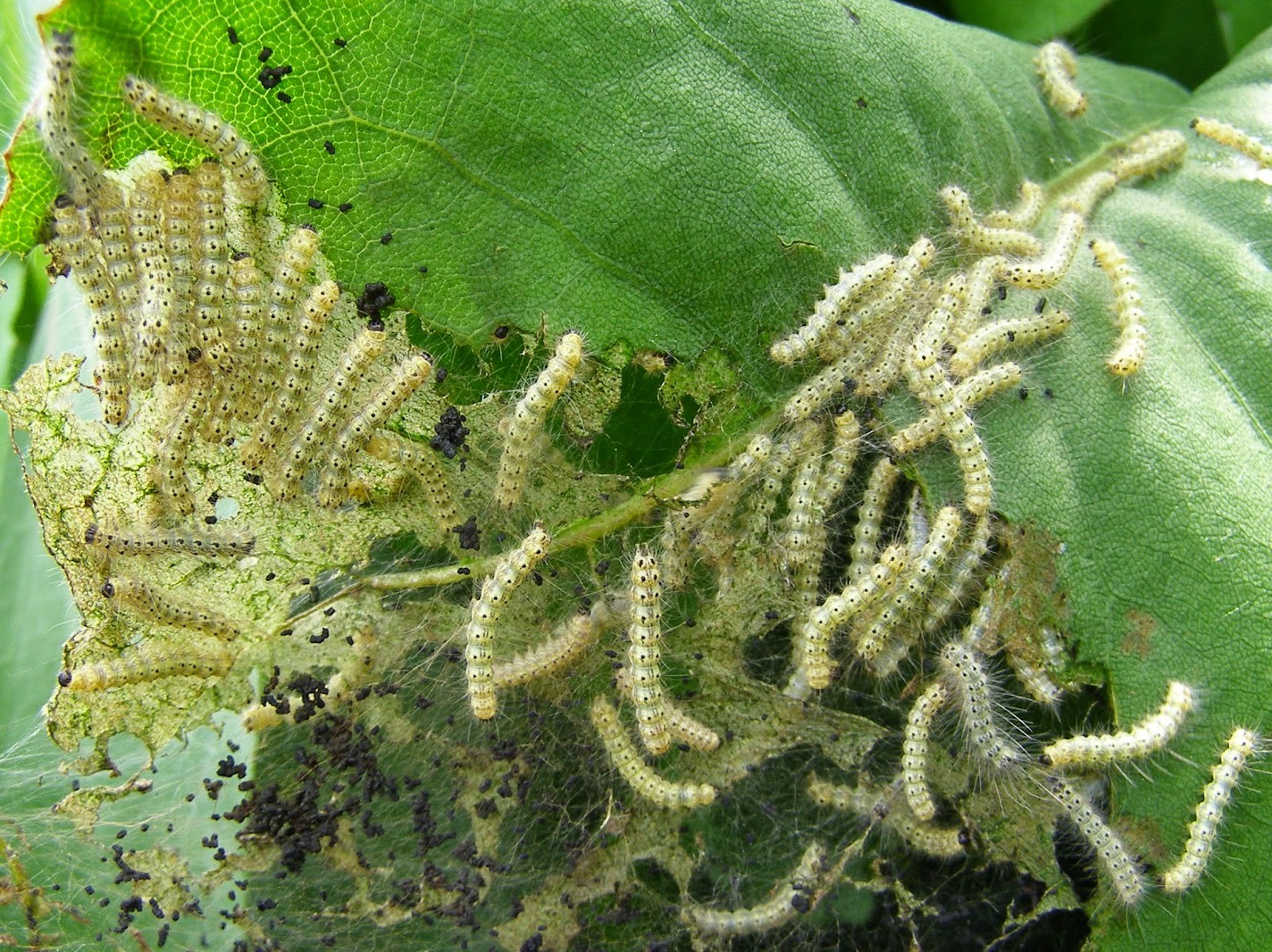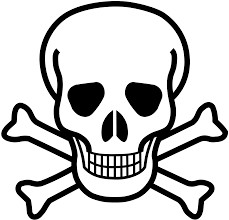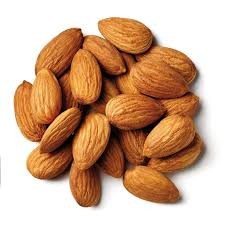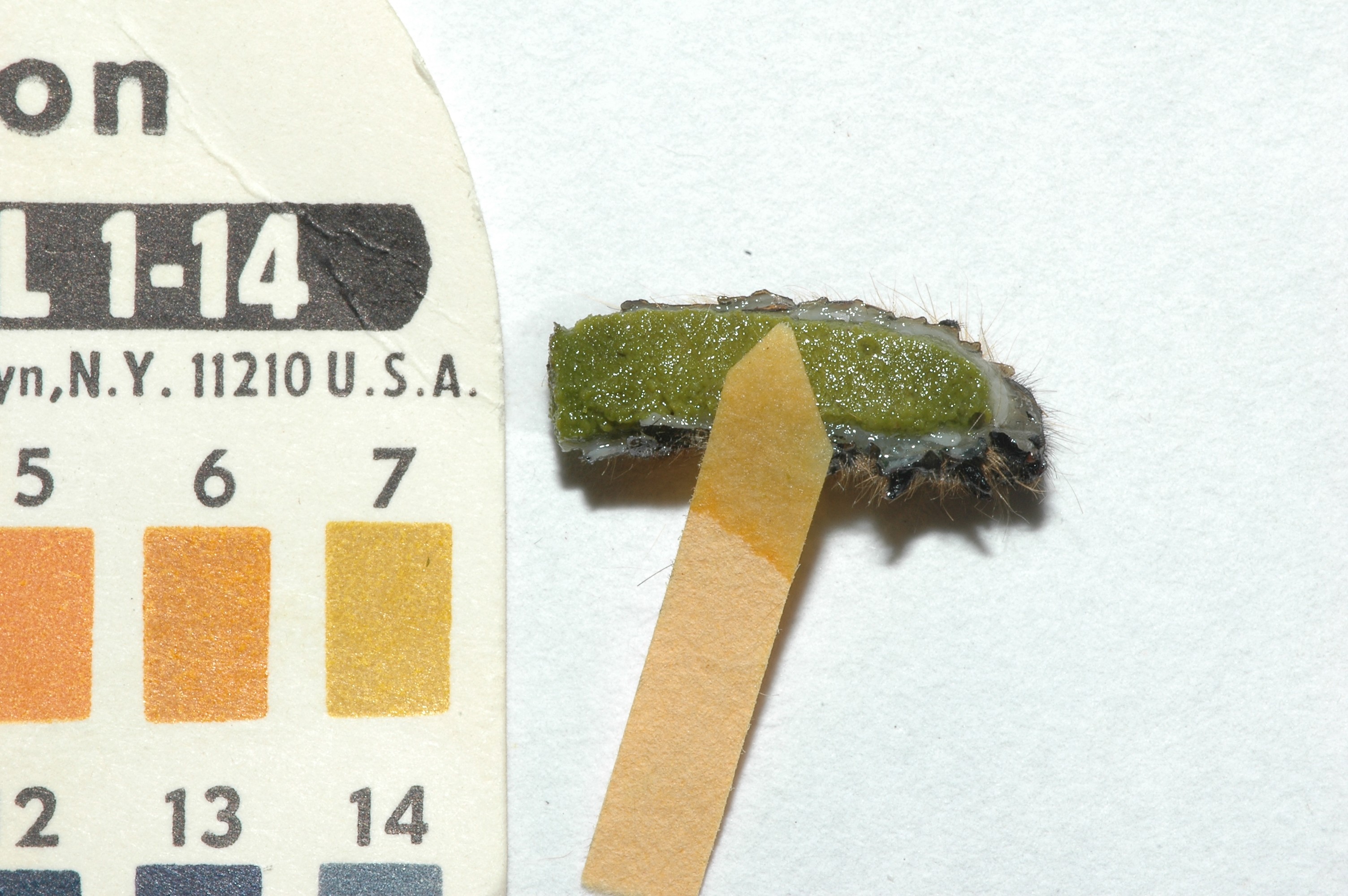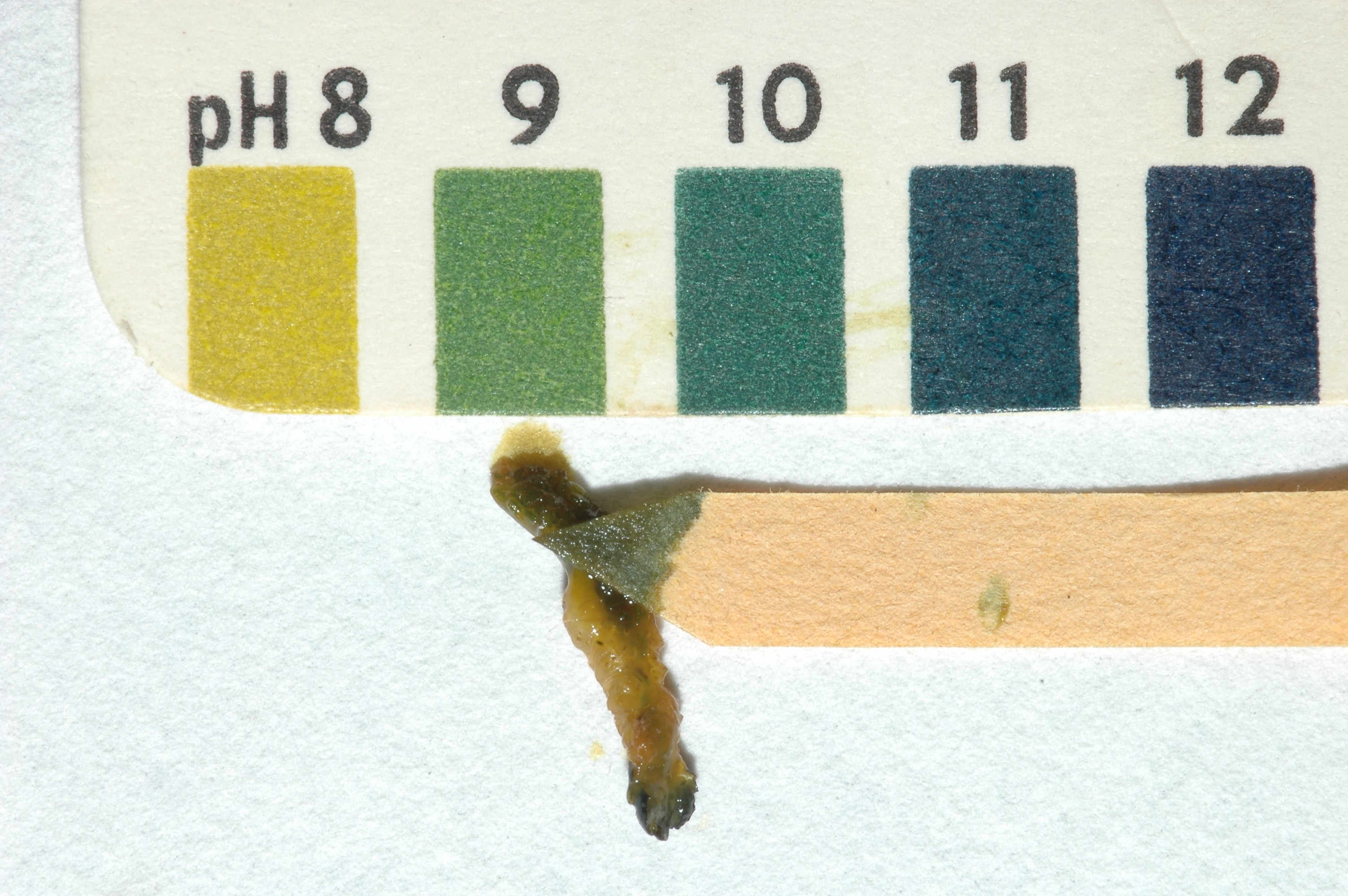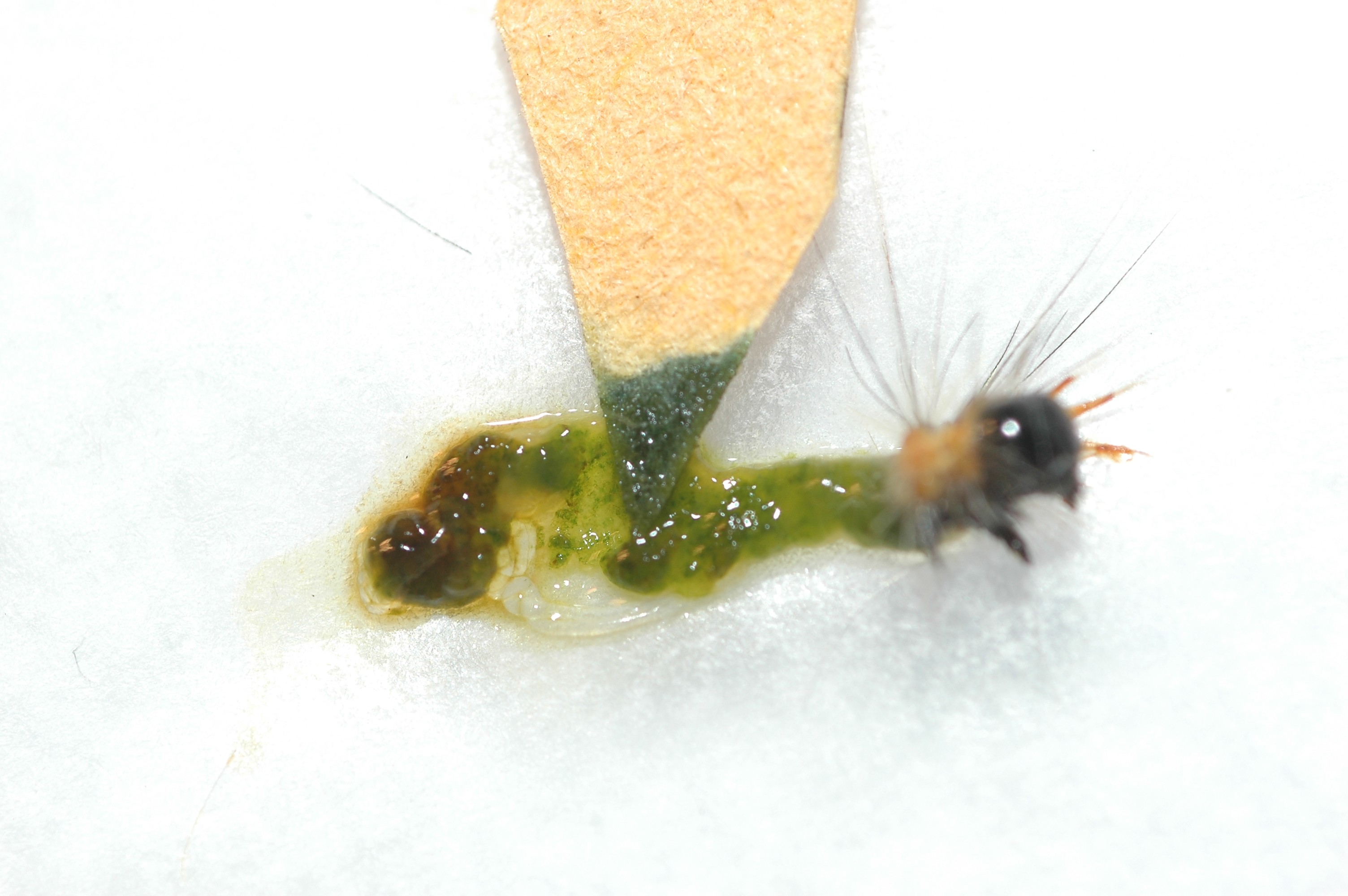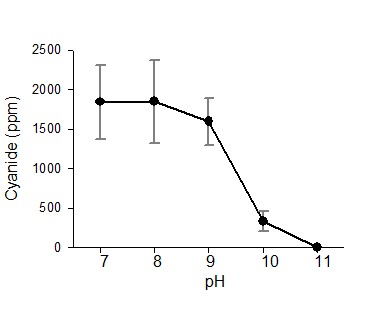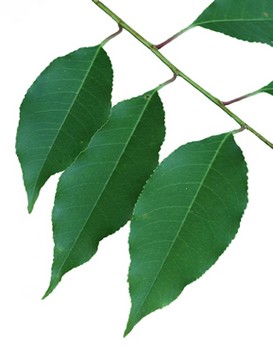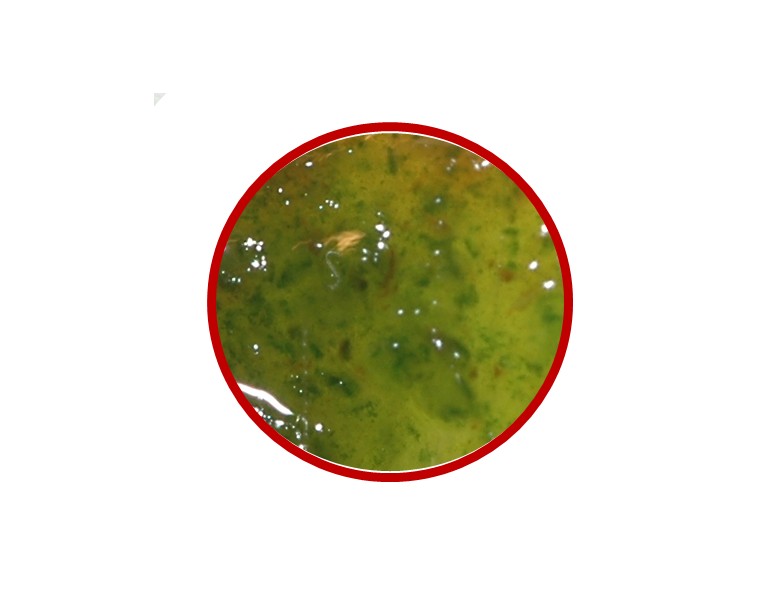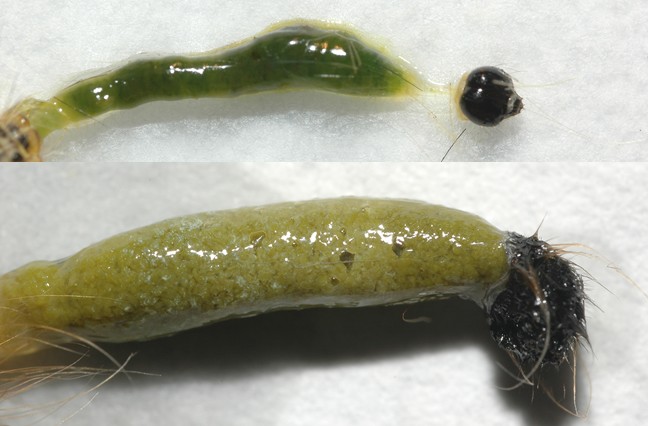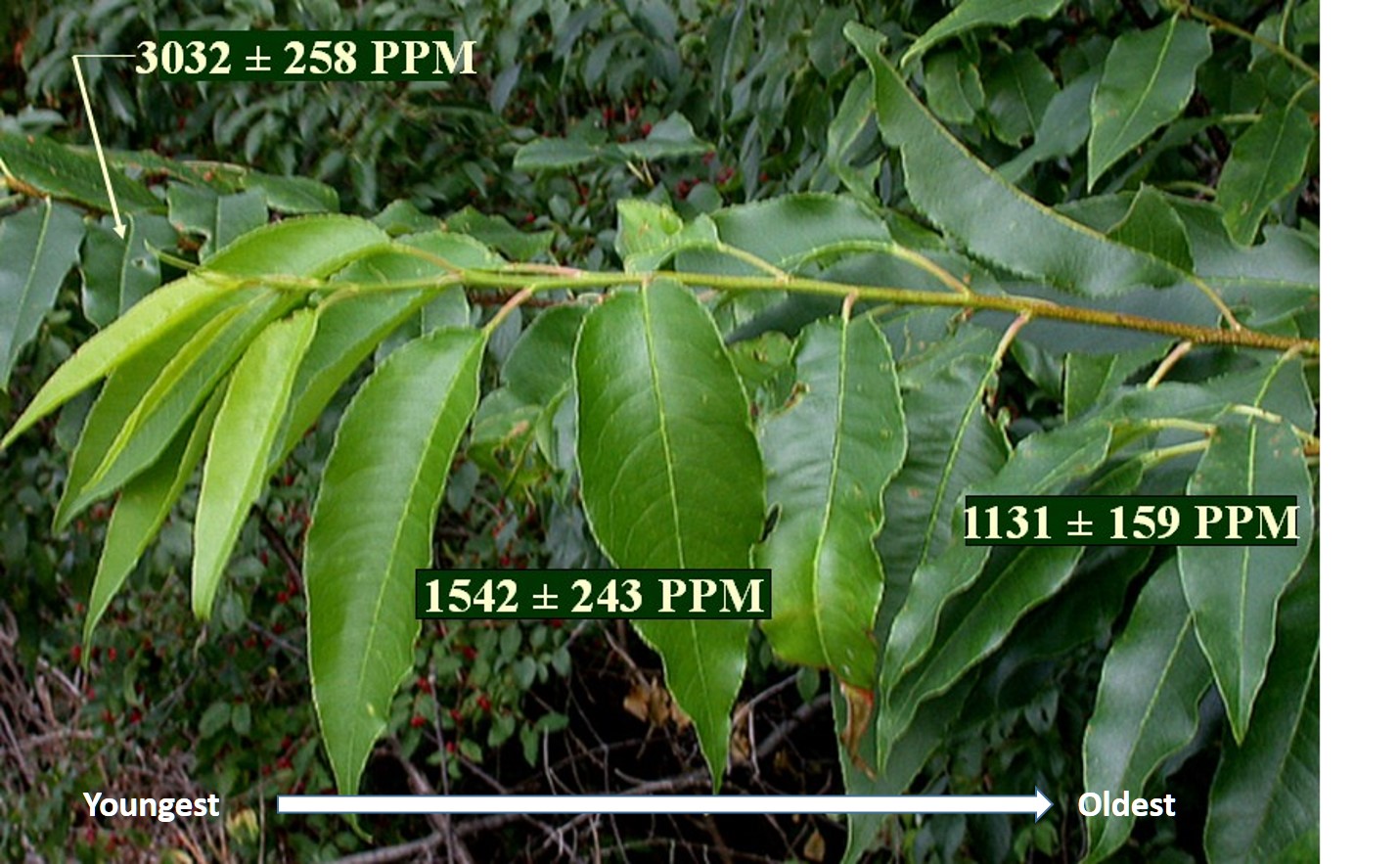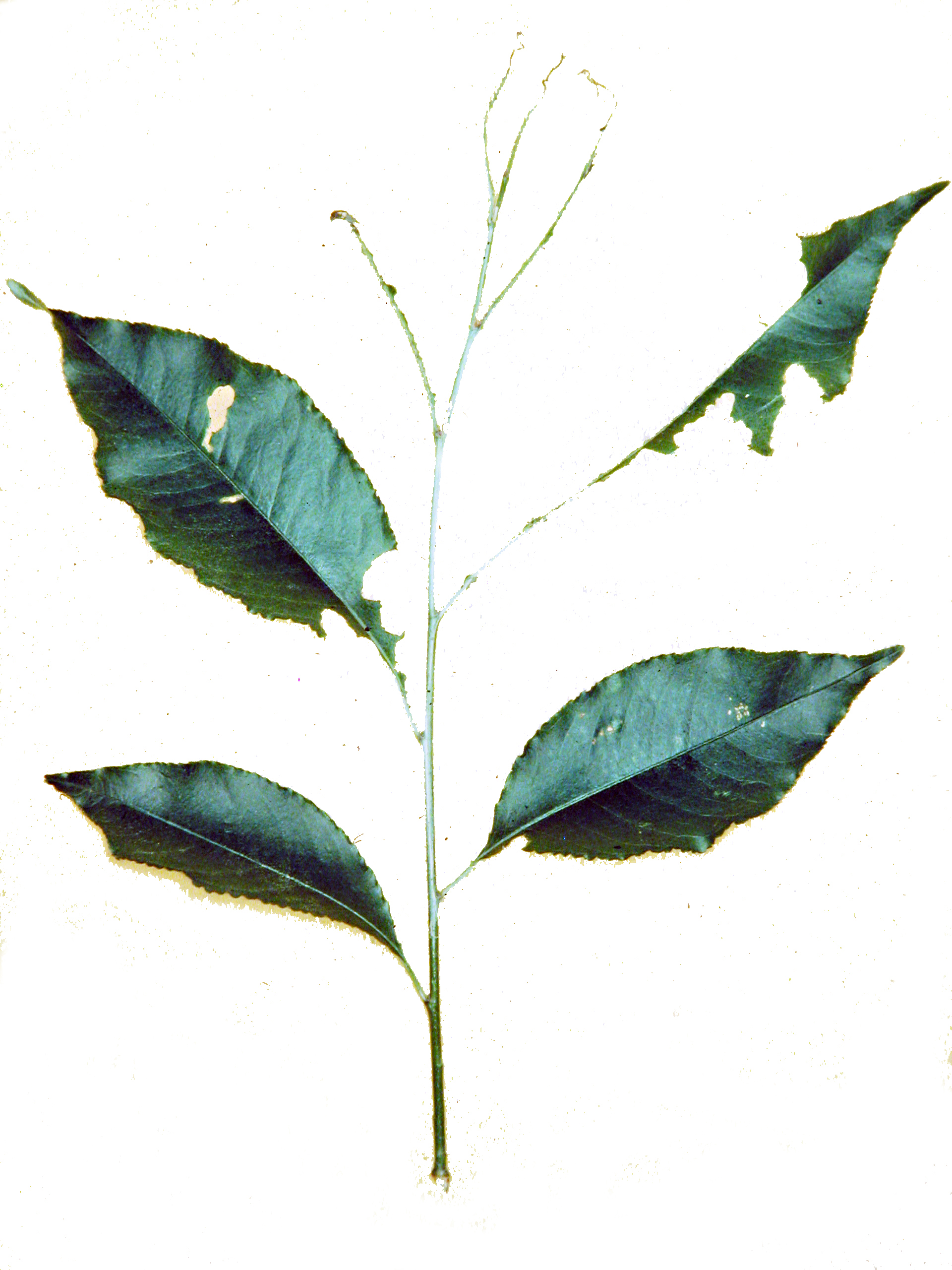The leaves of cherry trees contain that cyanogen prunasin and an enzyme (β-glucosidase) that can convert prunasin to mandelonitrile. Prunasin and β-glycosidase
are in separate compartments in the leaf but the two combine when the
caterpillar chews the leaf, forming mandelonitrile.
Mandelonitrile then diassociates to HCN and benzaldehyde.
Although
cyanide is often described as having the smell of bitter almonds, it is
actually the benzaldehyde that coevolves with cyanide that has that
odor. Chemists who have worked with cyanide note that the
chemical has a lesser odor, distinct from that of bitter almonds.
The inhibition of cyanogenesis by Hyphantria and Archips
can be attributed to the ability of the insects to maintain a highly
alkaline gut (pH > 10) in the presence of the cherry leaves.
They achieve this in part by taking small meals, only loosely packing
their gut with leaf fragments. In contrast, Malacosoma packs its gut full of leaves and the bolus has pH of < 7.
Both Hyphantria and Archips inhibit cyanogenesis. In Hyphantria
the cyanogenic molecule survives gut transit as indicated by the high
cyanogenic potential of the the frass. In contrast, the frass of Archips lacks cyanogenic potential indicating that cyanide is destroyed during gut transit. Both Malacosoma and Archips survive an atmosphere charged with HCN but Hyphantria is irreversible poisoned within ten minutes.
Cyanide and Three Social Caterpillars
The tent caterpillar (Malacosoma americanum), the ugly nest caterpillar (Archips cerasivoranus), and the fall webworm (Hyphantria cunea) all feed on the leaves of cherry trees (Prunus
spp.). The leaves of cherry are 'cyanogenic' which means that
they contain a compound (prunasin) that breaks down to release cyanide
gas when the leaves are eaten by the caterpillars. Cyanide is a
deadly poison but all three of these species feed with impunity of the
leaves of the tree. Each species has evolved a different way of dealing
with the poison.
The
cyanogenic potential of leaves is highest when they are young and
partially expanded and decline markedly as they age (above left).
Malacosoma and Archips feed on the leaves in the spring when they have their highest cyanogenicity while Hyphantria feeds in the summer and fall on the aged leaves. The larvae of Malacosoma prefer the youngest and most cynanogenic leaves and crop them before they attack older leaves (above right).
Malacosoma
does not inhibit cyanogenesis. Newly fed caterpillars reek of
benzaldehyde and have high levels of free cyanide in their
foreguts. However, the caterpillars are not affected and the
cyanide potential of the frass if very low. It is not known how
the insect renders the cyanide harmless.
The relationship between gut pH and the release of cyanide from cherry leaves.
